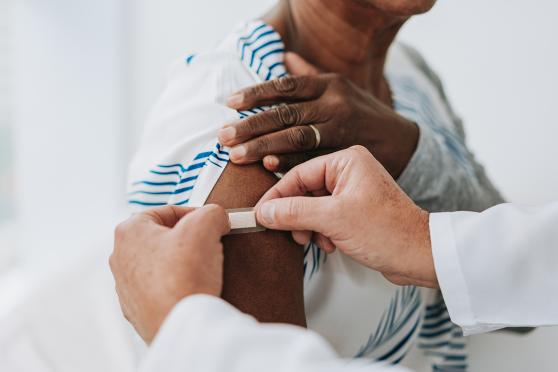Know the differences: Cold vs. flu vs. COVID-19
You know the drill: You start to feel a runny nose or sore throat coming on. After a day or so, you may be coughing, too. But do you have a fever? Has your sense of taste or smell changed? Get to know the symptoms of a cold, the flu, and COVID-19.


What you can do
Vaccinations for flu and COVID-19 are the best way to protect yourself and those around you. And there are also many easy, everyday things you can do to lower your risk of infection from both of these viruses as well as the common cold.
- Keep your distance from others in enclosed public spaces.
- Open windows if you can, especially if you’re in a crowded area.
- Wash your hands often. Use soap and water, and keep it going for at least 20 seconds. If you’re using hand sanitizer, make sure it’s at least 60% alcohol.
- Cover your cough or sneeze with a tissue or the inside of your elbow.
- Disinfect high-touch surfaces in your home, like doorknobs, counters, and switches.
- Stay home if you feel sick, unless you’re headed to the doctor.
- Wear a mask when you’re around others (such as at the doctor’s office).
Protect yourself with vaccinations
If you haven’t already, schedule your flu and COVID-19 vaccinations or boosters as soon as possible.


